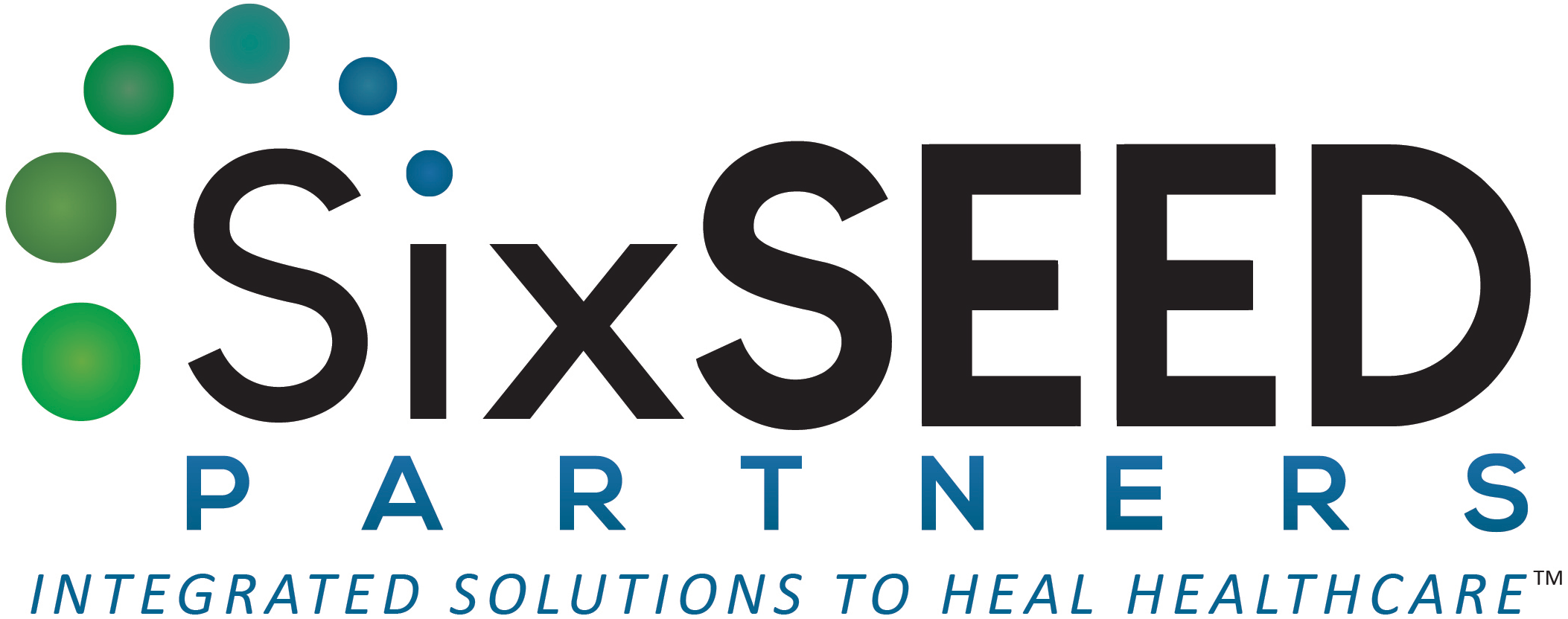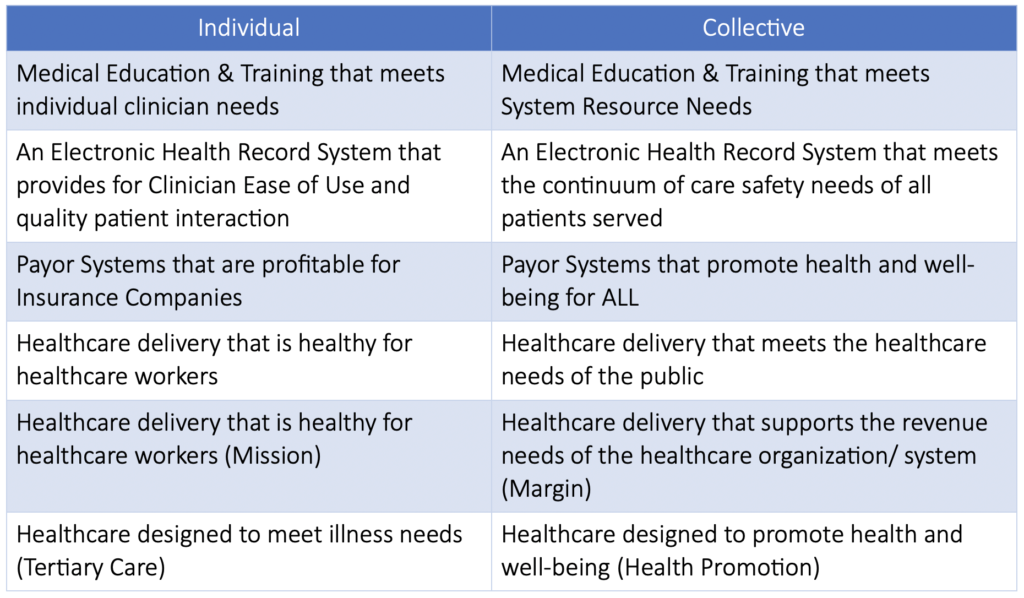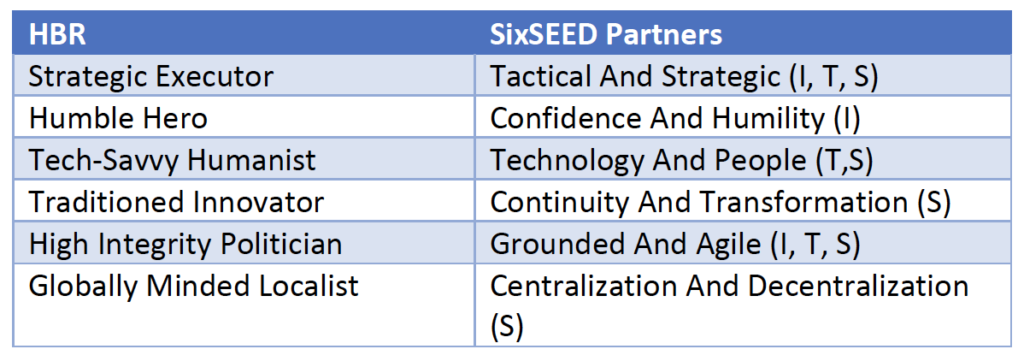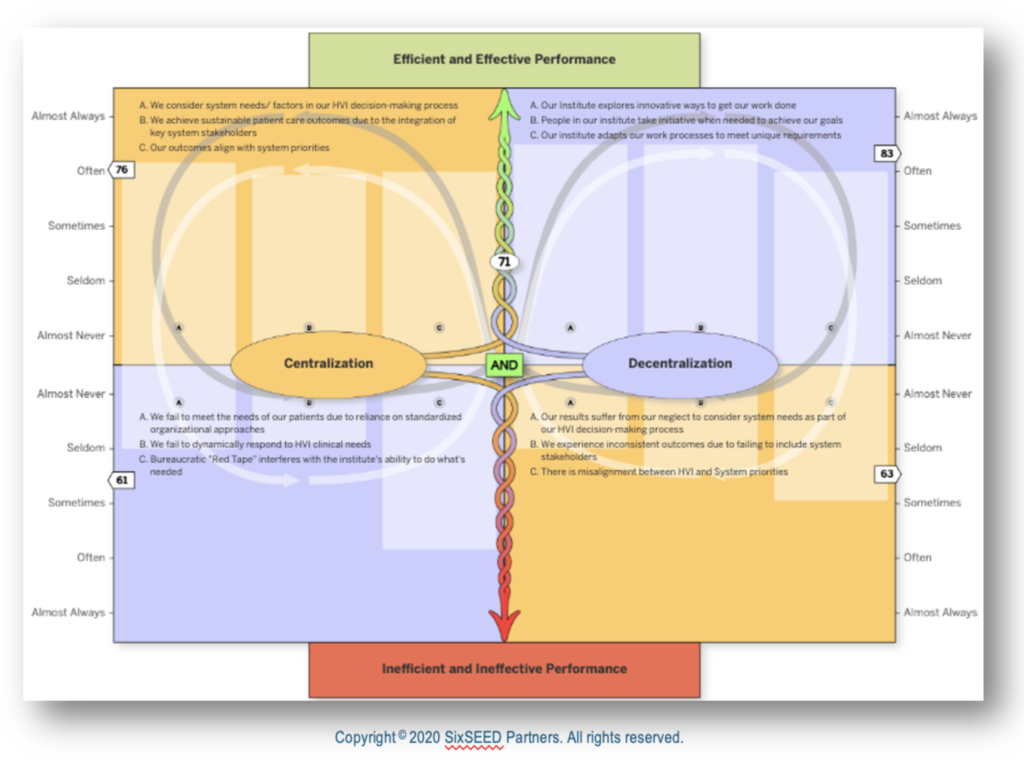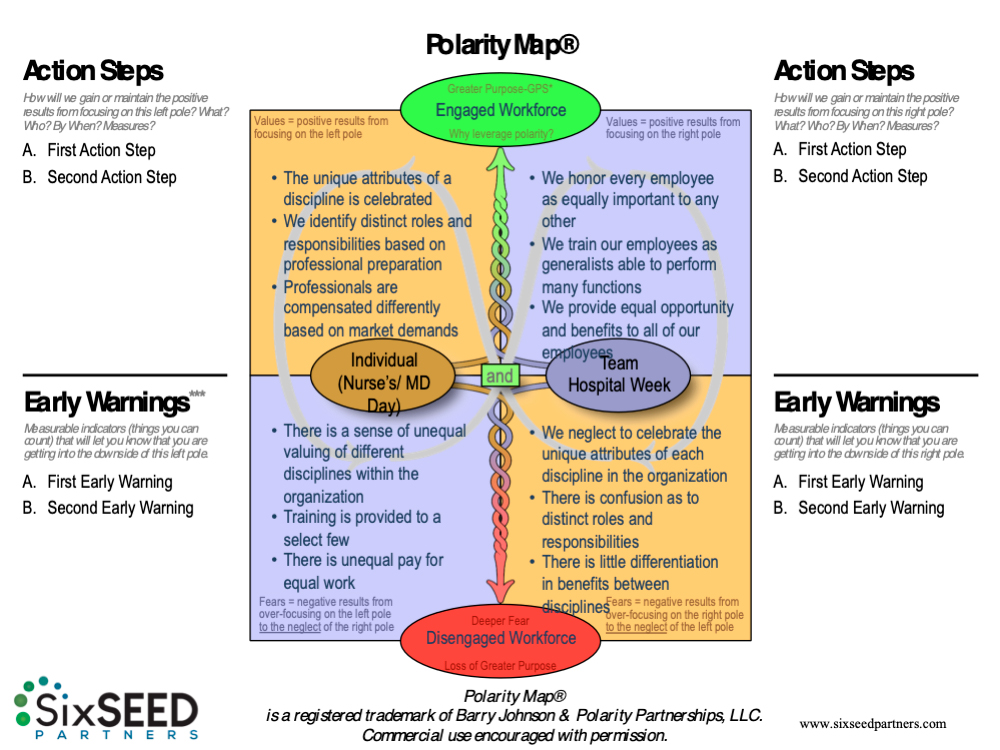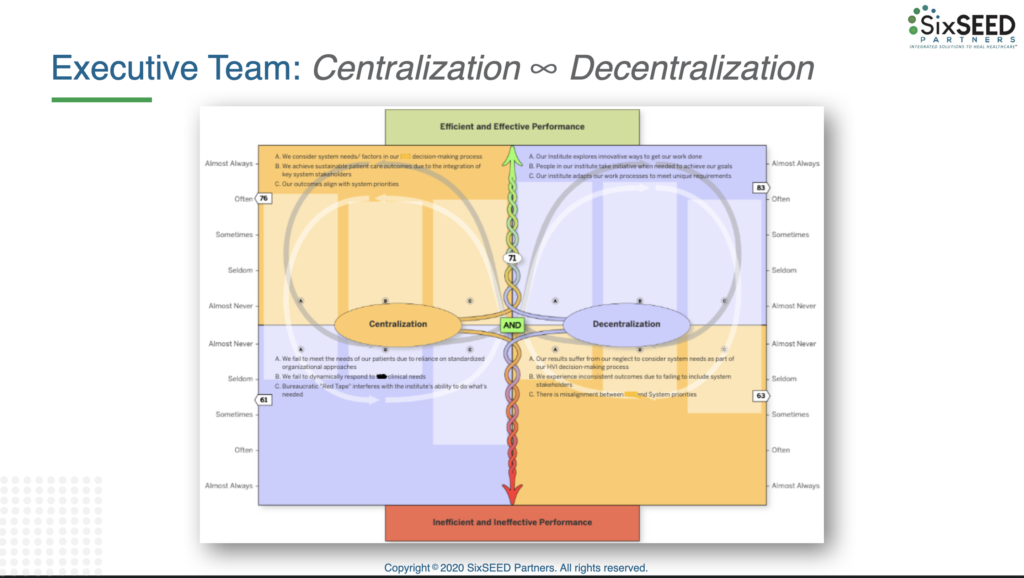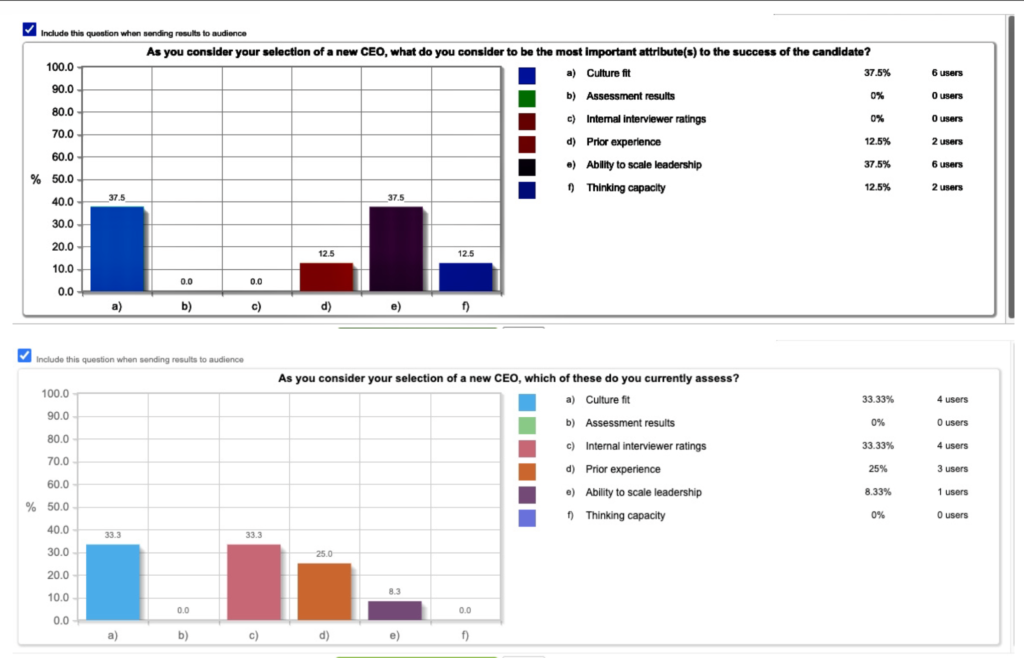Joy W. Goldman RN, MS PCC: CEO SixSEED Partners
McKinsey & Co published a report: “The State of Organizations 2023: Ten Shifts Transforming Organizations.” Post Covid life has leaders realizing “we’re not in Kansas anymore,” as Dorothy said to Toto in “The Wizard of Oz.” What has worked in the past will not work now. The challenges are different. As the report states: “The shifts include complex questions about how to organize for speed to shore up resilience, find the right balance between in-person and remote work models, address employees’ declining mental health, and build new institutional capabilities at a time of rapid technological change, among others.”
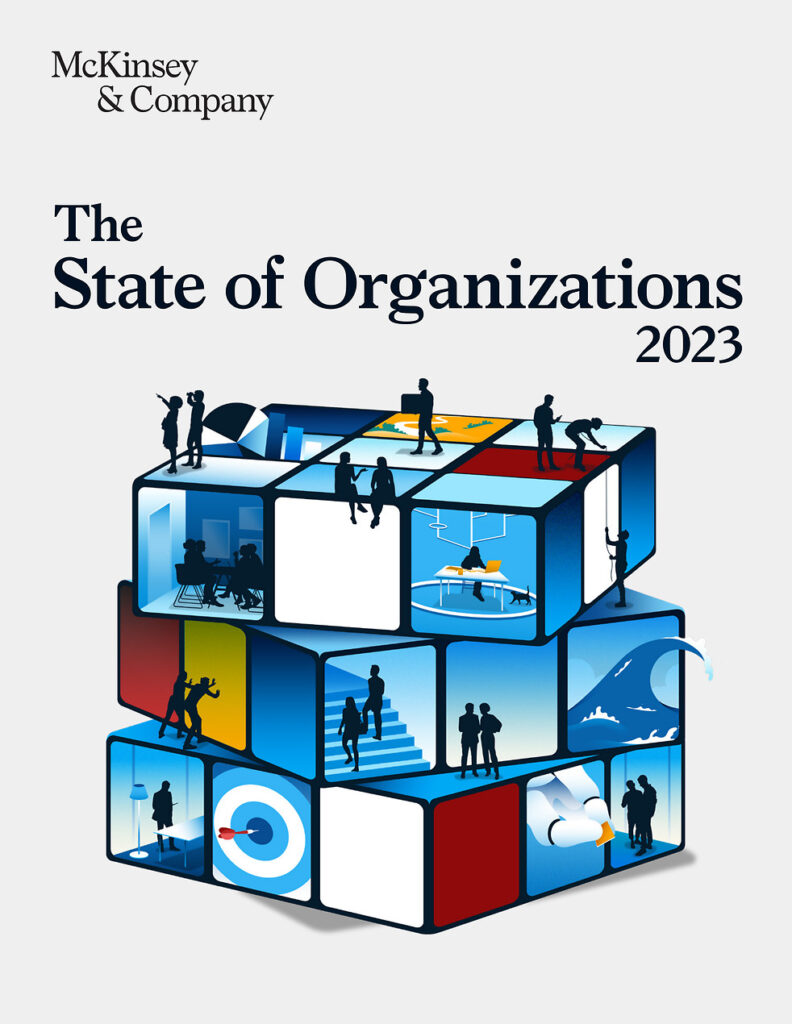
The report outlines the results of their interviews with 2500 business leaders. Reading the list of ten shifts may have you nodding your head in agreement: “Been there, done that.” The key question is “what are the changes that can be done today that will be cause sustainable improvement?”
At SixSEED Partners, we most agree with their second and third points for transformation: “The second and third points are “must dos,” regardless of the type of transformation undertaken: there needs to be a strong focus on cultivating talent and on investing in the leadership that will take the organization forward.”
As they assert: This is a MUST DO: not a nice to do. This is an investment of resources: not a “cost.” We are experiencing the cost of not doing this now: imagine how we might have fared differently if we had the leadership capacity— the thinking capacity to manage the pandemic and impending workforce challenges?
This capacity includes shifting from accountability with a few to broader, shared accountability and collaboration; from hospital-centric to system-centric; from profits to people; and integrating the best of how we’ve operated until now, with the shifts needed for the future.
We’ve done this work with ourselves, and with our client systems. You can read some of these case studies here: https://sixseedpartners.com/resources/
